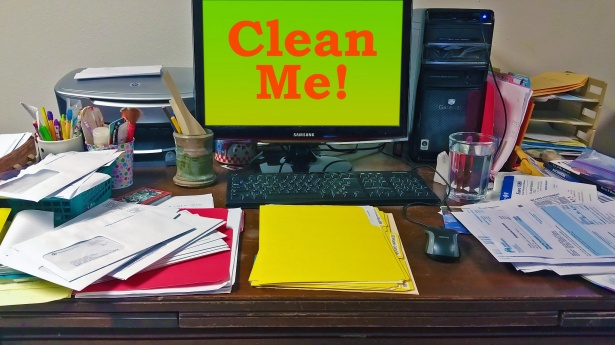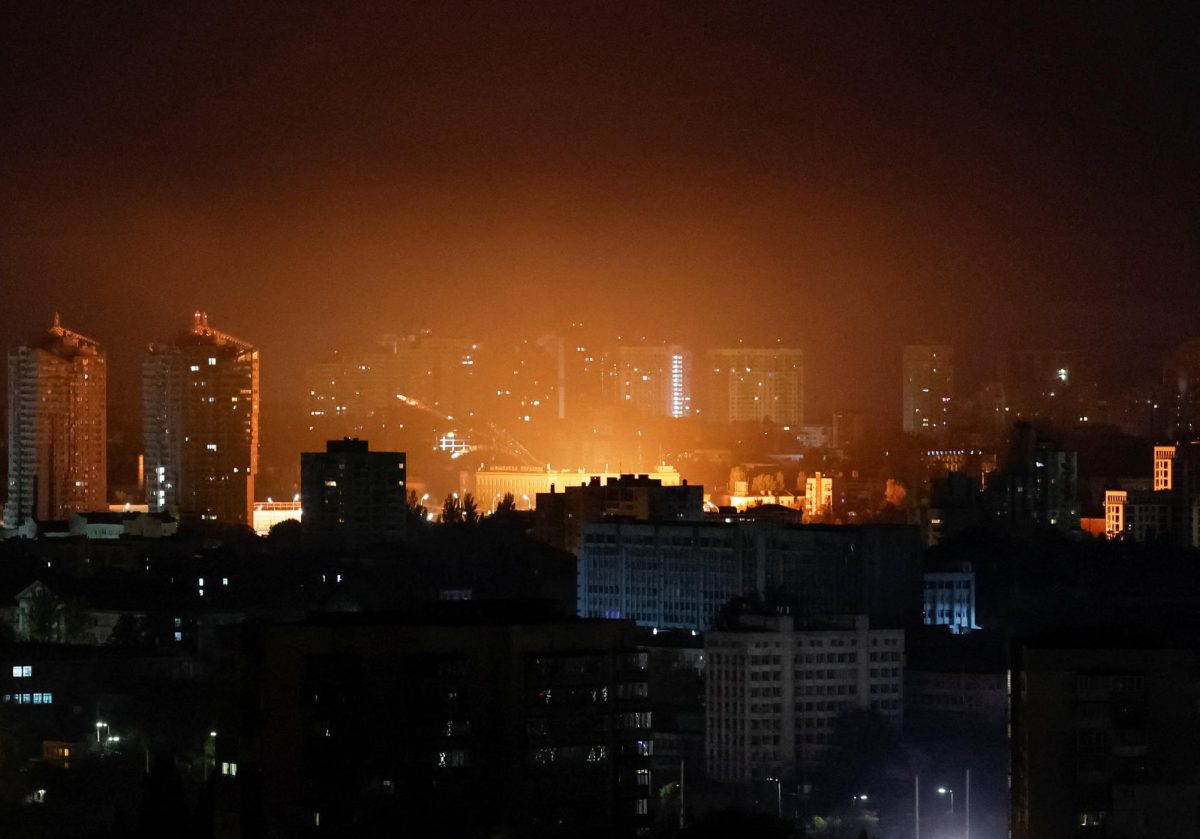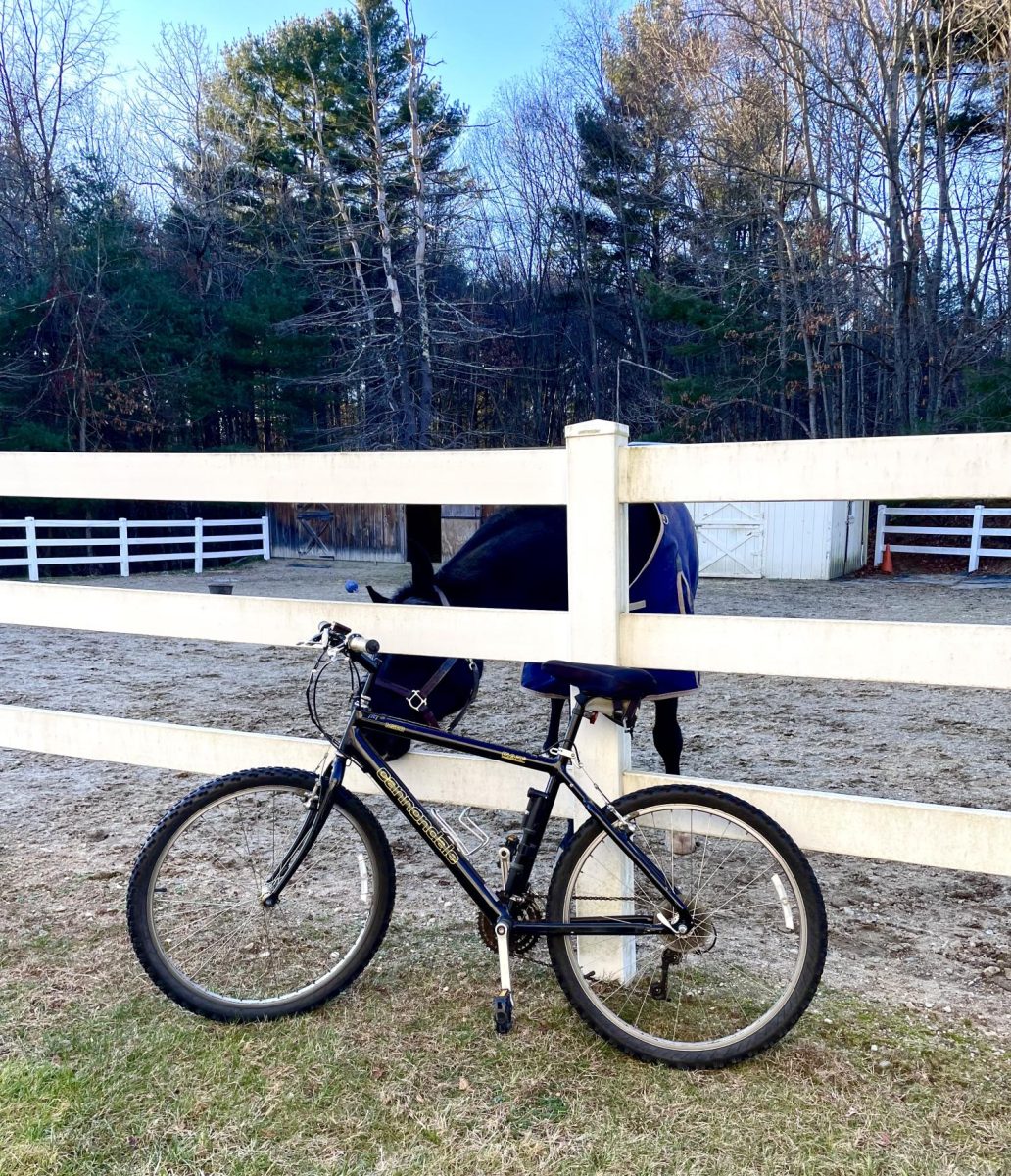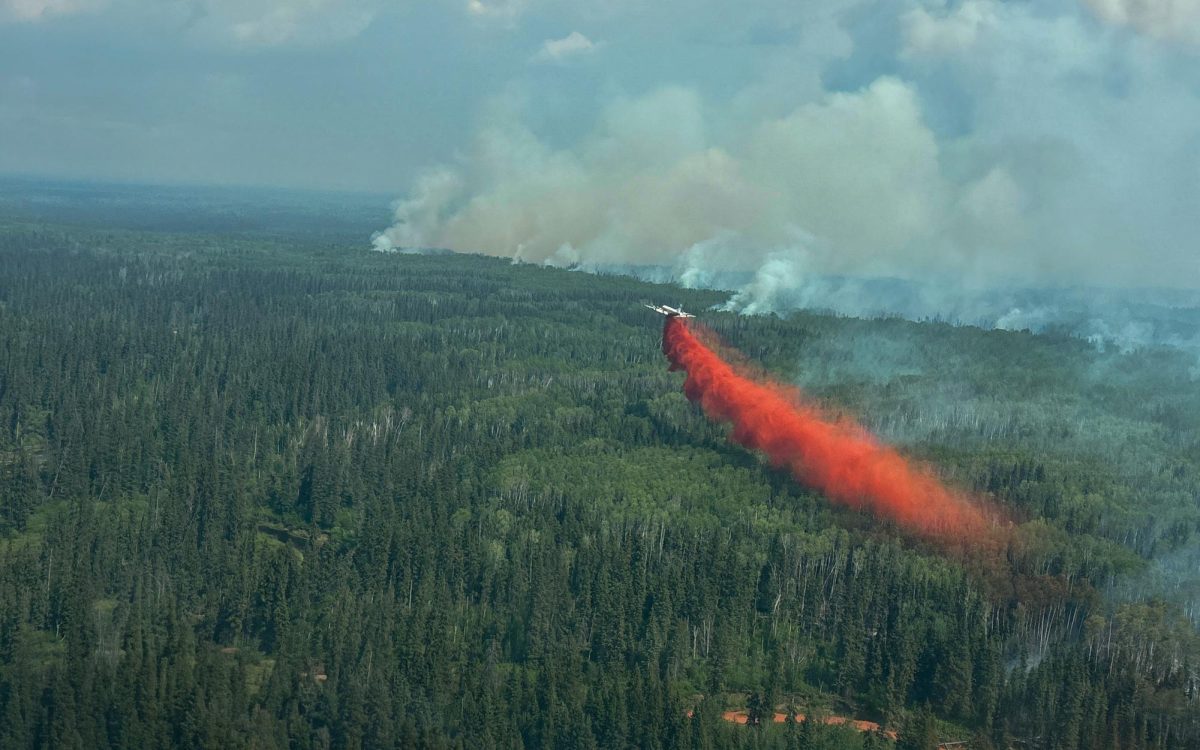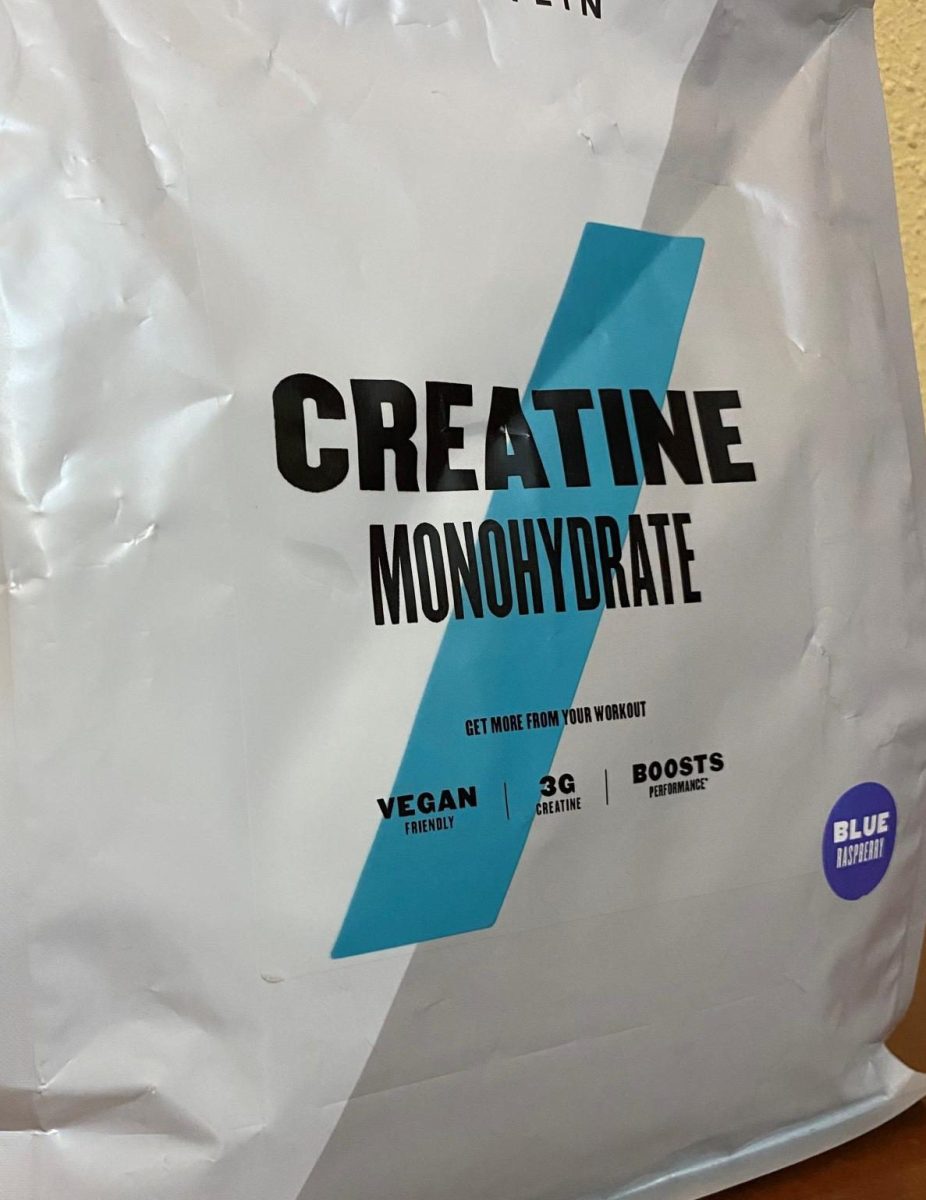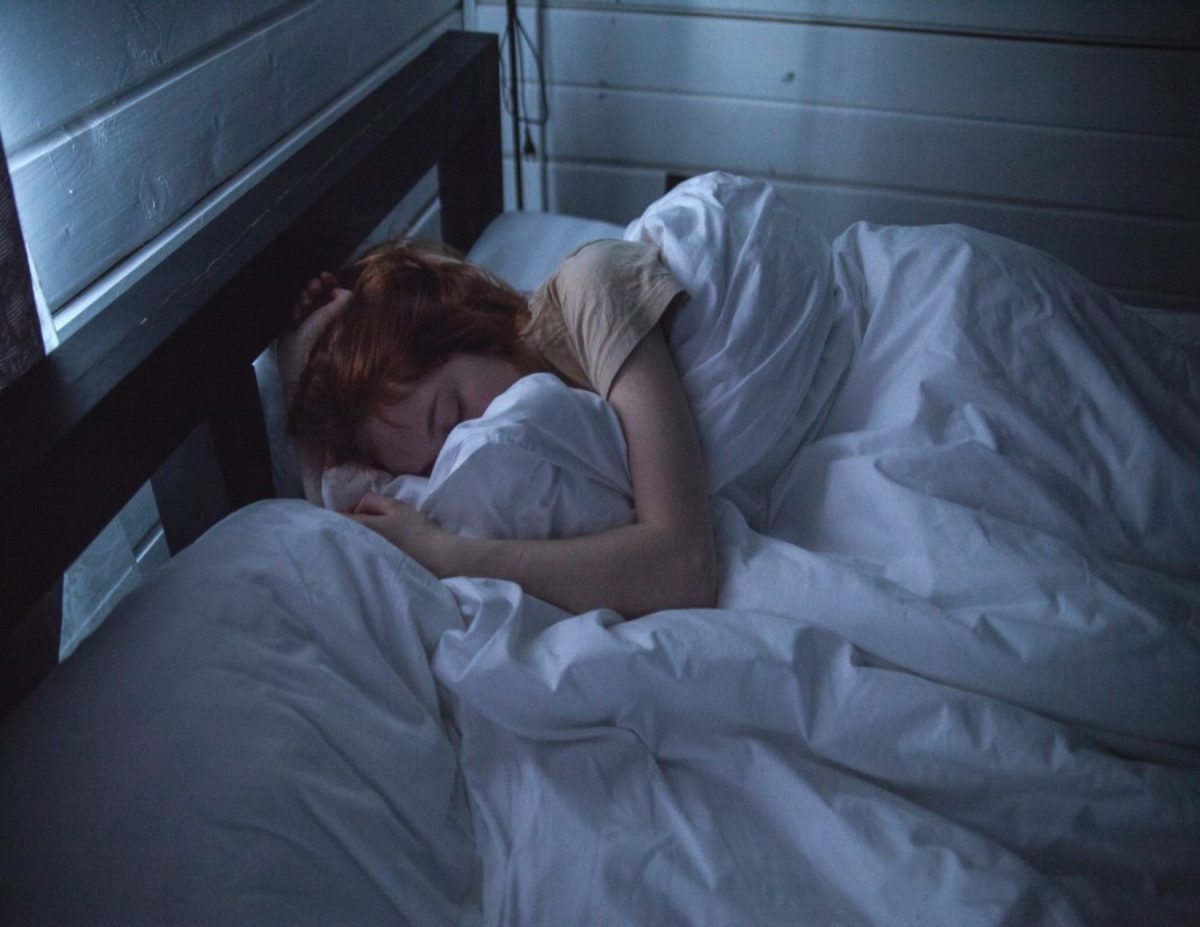Dear America: Graffiti should be legal
Location of graffiti often affects our opinion of it.
May 24, 2022
What is graffiti? Is it the cultural art that depicts problems going on? Is it the murals on the sides of buildings, or is it the old-fashioned tagging of a name? The definition lies in a common negative connotation with the term “graffiti” where most people view it as an illegal and negligent act.
Today we are going to discuss that and why graffiti should be legal.
The first thing I need to address is what graffiti is in a basic sense as the word graffiti has become ambiguous because it includes anything that has to do with images or words being drawn onto buildings, streets, subways, or anything abandoned. I would also like to point out that the basic description of graffiti is broken down into three categories: any kind of drawing or words that were written without permission, anything drawn or written with spray paint, or any kind of urban art that is displayed outdoors or on the street.
If I was to ask you what makes graffiti illegal I think most people would agree with Heather Mac Donald who states: “Graffiti is always vandalism. By definition, it is committed without permission on another person’s property, in an adolescent display of entitlement. Whether particular viewers find any given piece of graffiti artistically compelling is irrelevant. Graffiti’s most salient characteristic is that it is a crime.”
The reason why I think graffiti gets such a bad connotation is that people like to judge it based on the location it’s in and not based on the fact that it’s the same and should still be art. One good way of looking at this is from a paragraph I read from Bianca Galan that says the following: “Location of graffiti often affects our opinion of it. If you see a wall that says “Art is not a crime” in the middle of nowhere, you might think it’s hideous and a sign of disrespect since it may be written illegally. Yet when we see the same graffiti at the Young Circle in Hollywood, the first thing many people think is, ‘Wow. This is so simple, yet beautiful,’ and take pictures of it.”
The biggest reason why I think graffiti should be legal is that other street art is seen as actual art and is praised non-stop, but when people look at graffiti all they see is vandalism when in fact it could be because of where they saw the graffiti or based on the pre-existing stereotypes of graffiti. For some, it has to be illegal or it’s not considered graffiti in their eyes, and that’s not technically the case as taggers can do pieces with the owner’s permission but will still be classified as illegal because it’s graffiti and not done by a street artist
In my eyes the second reason why I believe that graffiti should be legal is because of the change in the public’s eyes about graffiti. It is now popular and we have seen more and more property owners commissioning pieces done by street artists. The public starts to see it and is slowly changing their opinion about it.
Graffiti is becoming more popular and known thanks to artists like Banksy, Lady Pink, Thoma Vuille, and Xeme. Because there are not many legal spots for graffiti and street artists to paint or draw, they don’t have anywhere to practice in their free time and people won’t commission them, as they have a pre-existing mindset about graffiti as vandalism. They see street art as better when they are the same thing and street artists took inspiration from graffiti artists as they were around first
I would also like to bring up another point of why graffiti is so hard to legalize because most people don’t like to consider the amount of time that people spend to make these murals. The government can just take them away and graffiti and street artists can’t do anything about it, as historically they have not had any ground to stand on.
Recently that has changed. One case I would like to look at is best stated by Maria Cramer a writer for The New York Times that said the following about the 5pointz lawsuit: “that stated graffiti — a typically transient form of art — was of sufficient stature to be protected by the law.
The decision “furthers the idea that street art is to be cherished and protected, not destroyed,” Eric Baum, a lawyer for the artists, said in a statement. “The significance of this decision is that federal law now protects not only artwork exhibited in MoMA or the Louvre but also public murals, created with permission.”
So, what do you think? Art? Vandalism? Legal? Illegal? For me, it is art, and it should be legal.















